An RFP or A Request for Proposal in the banking industry is a document banks send to prospective suppliers during the bidding phase of the procurement process. It is typically used when selecting a new banking service provider, but before going out for bids, they sort out suppliers and ask for a “quote.”
A request for proposal (RFP) comes into play to solicit offers for a project during the bidding process. However, before sending out an RFP, banks or organizations first send out an RFI, which is A Request for Information (RFI). It is used when they want several contractors to provide potential solutions.
RFP Banking: Key Takeaways
- An RFP is a project announcement posted publicly by a bank showing that they sort bids from interested service providers.
- The RFP defines the project for the bank that issues it and the service provider that responds to it.
- Besides that, it also defines the goal and the organization sponsoring it. Plus, outline the bidding process and contract terms.
- Most banks and many private companies use RFPs.
- An alternative is a less formal process and may not identify the best suppliers and the best plan for accomplishing a project.
What should banks consider when creating an RFP for sustainability?
1. Know your why
What is the main reason or trigger point for creating an RFP in your banking unit? Could it be dissatisfaction with current providers? Or are you venturing into new waters like sustainability in banking, and you’re unsure what path to take?
Most often, the primary goal of the RFP sustainability process is to solicit complete and comparable proposals from qualified investment service providers and evaluate those proposals fairly and objectively.
Sometimes organizations can issue RFPs because of a strategic shift in the business strategy or some form of restructuring based on societal changes.
Before embarking upon the RFP process, determine where your organization wants to position itself on this spectrum. Your organization can accomplish this by:
- Self-assessment,
- External research and,
- External consultant (if necessary)
Deciding in advance on the structure you wish to employ can significantly enhance your RFP sustainability process. Conversely, using the RFP process to make this decision can easily lead to delays, confusion, and a less than optimal result for your organization.
2. Identify the scope and your resources
Sounds obvious? I bet it does. Understanding the scope—what to include in the RFP banking and what to leave out—only comes with a clear vision and list of objectives.
Who will serve on your RFP committee, and what are their skill-sets? How many companies will you invite to submit the RFP?
Remember that the amount of info requested from each service provider should align with what your team and internal staff can handle. And, of course, so you don’t end up with a bunch of irrelevant questions and answers you don’t need.
As a rough indicator, using the number of firms invited to submit proposals and multiple by the number of questions asked will give you a general idea of the scale and scope of the task ahead.
3. Who are the other stakeholders involved?
In a perfect world, if there is one, the head of digital banking and their team would own the vision, draw the road map and execute the plan. However, the reality is different.
There are definitely multiple stakeholders whose requirements need to be considered, and also compliance with internal policies will be an issue. For example:
- Head of Marketing—alignment with the company’s brand strategy, increase customer engagement and retention and reduce churn.
- Head of Digital Banking /Retail Banking/ Digital Interface—attract and engage more profitable customers to the bank.
- Head of Sustainability—get the bank into DJSI, implement regulations and fulfill the bank’s commitment, and become “sustainable for real.”
- Head of Innovation /Product / Business Development—advance the business and solve future and hard-to-define problems in new ways.
- Head of IT Security — for your web and mobile app services.
- Head of Legal — for GDPR and personal data management.
Take note: When you don’t consult critical players on the team, and they feel disenfranchised, the entire project could grind to a halt—Ouch!
Create your RFP Request
The RFP should provide information about your organization to help potential providers understand your goals, structure, and long-term goals.
The questionnaire you provide to candidates should ask for their history and company structure, load performance results, IT infrastructure, IT security, personal data management, and details regarding their qualifications, services, and, of course, fee structure.
And if the RFP is around sustainability, add questions around their quality and environmental management systems, and of course, sustainability.
Are you currently searching for contractors for your RFP banking or RFP sustainability projects? Keep these points in mind, and look out for our next article on how to structure one.
Related posts:
Share this Post


